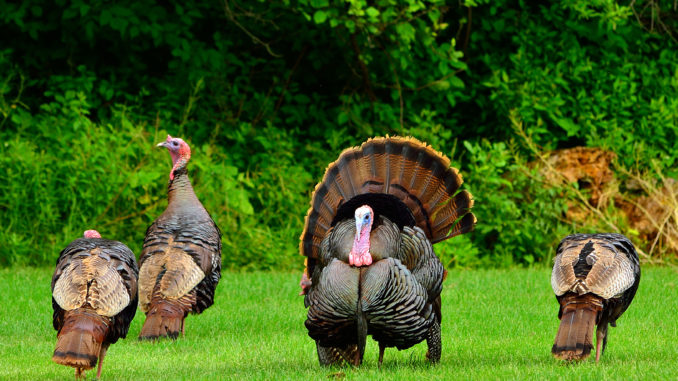
Bag that late season gobbler with these tips
South Carolina turkey hunters will be facing a new, interesting and different situation a week or so after this magazine is published; they’ll be hunting in May.
With the change to uniform, statewide season dates, hunters in the Lowcountry got a late start on things, and hunters all over the state got an extra five days in the woods in May.
I have been hunting turkeys for 25 years with some decent amount of success. I’ve done a lot of hunting in North Carolina, where the season lasts between eight and 10 days into May every year. The way it has worked out, I think I’ve taken a bird in the final few days of the season — after South Carolina’s season has ended — about one year out of every four.
Not to be mistaken for Ben Rogers Lee or Wilbur Primos, here are a few things I’ve figured out about hunting in May.
• I try to use different calls. In April, I’ll almost always start with a crow call in one hand and a box call in the other. But with only a few days left, with most birds call-shy and spooky, I’ve had some success using a peacock/woodpecker call as a locator; it works once in a while when nothing else seemed to be able to elicit a shock gobble. I work birds with a quiet, little glass call that doesn’t leave my pocket most of the season. It’s all about sounding like an unfamiliar hen, a hen that’s gotten lost and wandered into new territory, one a tom doesn’t recognize and might be more apt to check out.
• If I ever get a gobbler to respond, I’ll spend an entire morning with him. I’ll try to wait him out. By the end of the season, with gobblers infected with shut-mouth, if I can get a bird to gobble, he might be the only one around that will respond. I rang one gobbler up around 8 a.m. the final day of one season and worked him the rest of the morning, just kind of staying within shouting distance. Once my son and I sat down at the base of an oak tree, we didn’t move for two hours; I clucked about every 30 minutes, and he’d gobble back. He crossed a laurel-choked creek around 10:30 and was in full strut at 20 yards by 10:45. If only I could report that my son sealed the deal….
• Cover lots of ground. Several years ago, a buddy and I had access to three different pieces of property, within a 30-minute drive, that held turkeys. Late in the season, we rarely called it quits before visiting at least two places, because it’s all about finding the one bird who really wants one more hen. I have in my basement the fan, spurs and beard of a 19-pound tom we ran into on the Saturday of one season, around 10 a.m., at the second place we visited. Pulled through the gate onto the place, saw him 300 yards away crossing a wheat field, figured out where he was going, got in the way and didn’t call until he was 75 yards out. I sealed the deal that time.
Hunting turkeys in early May can be very frustrating, but when you wrap your tag around one’s leg, it’s even sweeter than usual.




Be the first to comment